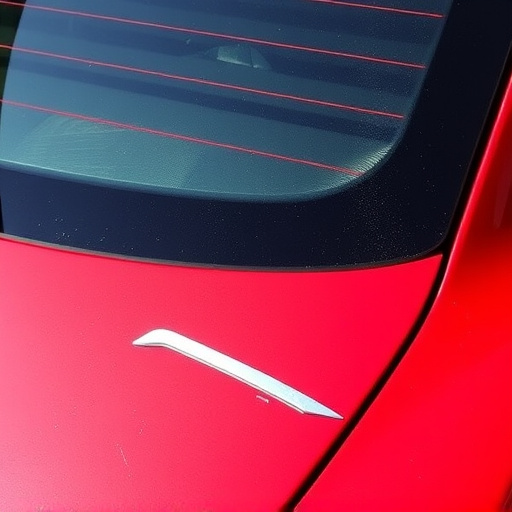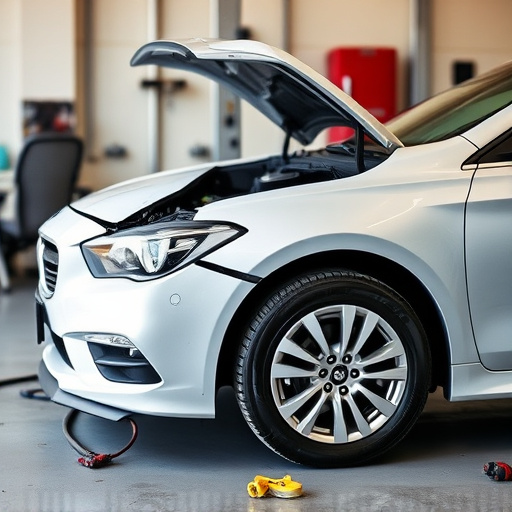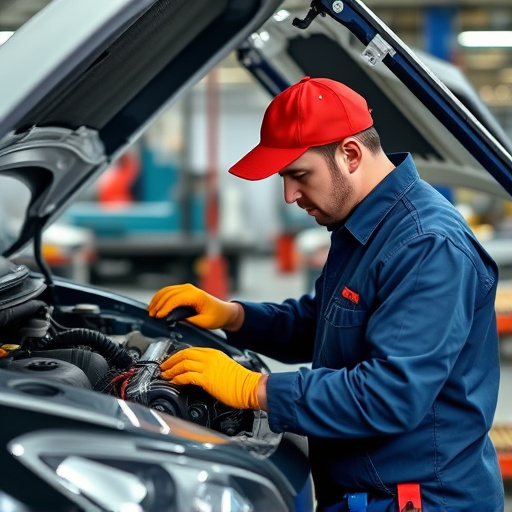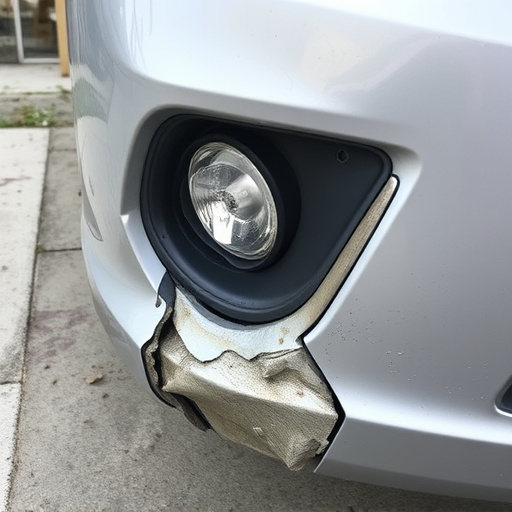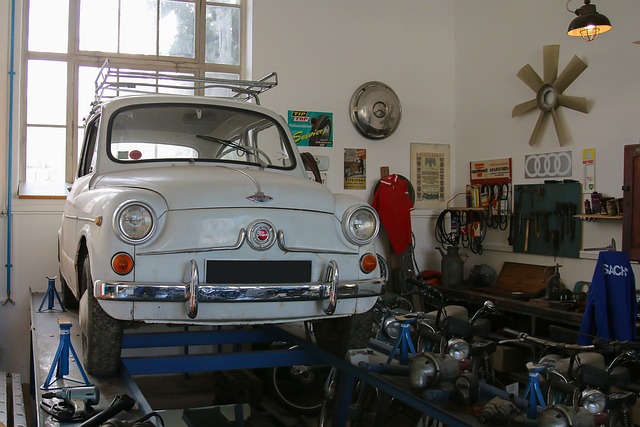Sustainable collision centers minimize environmental impact through eco-friendly practices like using water-based paints, recycling materials, and adopting energy-efficient equipment. They lead the automotive industry in waste management, hazardous substance disposal, and renewable energy use, setting a precedent for greener car repair services and contributing to environmental preservation.
A sustainable collision center isn’t just about fixing cars; it’s a green oasis reducing its environmental footprint. By adopting eco-friendly practices, these centers minimize waste and energy consumption. From using recycled materials for repairs to efficient waste management strategies, they’re revolutionizing the automotive industry. Additionally, embracing renewable energy sources further diminishes their carbon footprint. Discover how these initiatives make a sustainable collision center a model for the future of car care.
- Utilizing Eco-Friendly Materials and Practices
- Efficient Waste Management Strategies
- Embracing Renewable Energy Sources
Utilizing Eco-Friendly Materials and Practices

In the realm of sustainable collision centers, one of the key strategies to reduce environmental impact is by utilizing eco-friendly materials and practices. These include opting for green alternatives in vehicle paint repair, which often involve water-based or low-VOC (Volatile Organic Compound) paints that significantly cut down on toxic emissions. Additionally, auto collision centers can embrace sustainable practices such as recycling post-repair materials, including metal scraps and used fluids, minimizing waste generation, and adopting energy-efficient equipment for operations like vehicle paint repair.
By integrating these eco-conscious approaches, a sustainable collision center not only reduces its carbon footprint but also sets an example for the broader automotive industry. This shift towards green initiatives ensures that auto collision centers contribute positively to environmental preservation while delivering high-quality vehicle repair services.
Efficient Waste Management Strategies
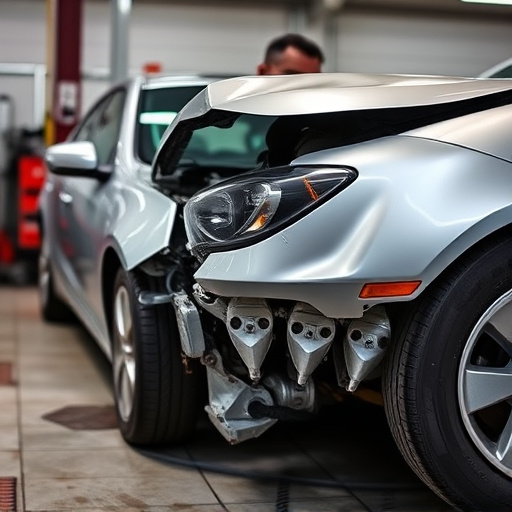
A sustainable collision center distinguishes itself through efficient waste management strategies. By implementing comprehensive recycling programs, these centers divert a significant portion of materials that would otherwise end up in landfills. For instance, instead of discarding damaged vehicles or parts, they may use them for scrap metal recycling or as raw materials for secondary manufacturing processes. This approach not only reduces the environmental footprint but also conserves resources.
Moreover, efficient waste management involves proper disposal and recycling of hazardous substances commonly found in vehicle repair, such as old oil, batteries, and certain chemicals used in car scratch repair and body shop services. The sustainable collision center ensures that these materials are handled with care, minimizing pollution potential and adhering to environmental regulations. This holistic approach contributes significantly to the overall goal of reducing the ecological impact associated with automotive repairs, solidifying the center’s position as a responsible steward for both customers and the planet.
Embracing Renewable Energy Sources
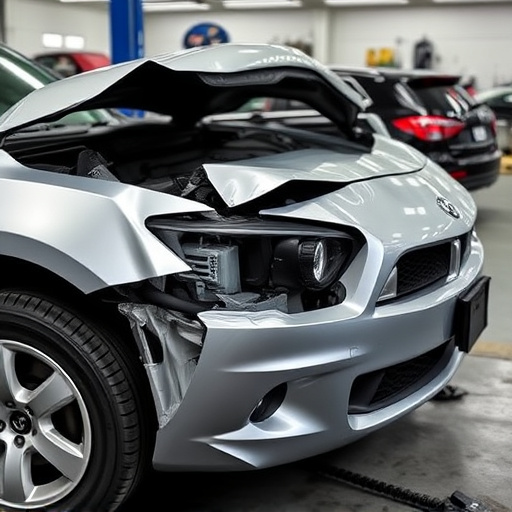
A sustainable collision center goes beyond traditional car repair services to embrace renewable energy sources as a core pillar of its operations. By integrating solar panels and wind turbines, these facilities significantly reduce their carbon footprint, aligning with the broader goal of environmental conservation. This commitment extends to the way they power essential equipment like paintless dent repair tools, ensuring that every stage of car bodywork restoration is eco-friendly.
Such centers invest in advanced technologies that minimize energy waste, further enhancing their sustainability efforts. For instance, energy-efficient lighting systems and smart thermostats help regulate temperature, reducing overall energy consumption. This holistic approach not only makes these collision centers industry leaders in environmental responsibility but also sets a precedent for other car repair services to follow suit, contributing to a greener future.
A sustainable collision center is not just a facility; it’s a model for environmental stewardship. By utilizing eco-friendly materials, implementing efficient waste management strategies, and embracing renewable energy sources, these centers significantly reduce their ecological footprint. This holistic approach ensures that the automotive industry can recover and repair vehicles while preserving our planet for future generations, making sustainable collision centers a beacon of responsibility in the face of environmental challenges.

